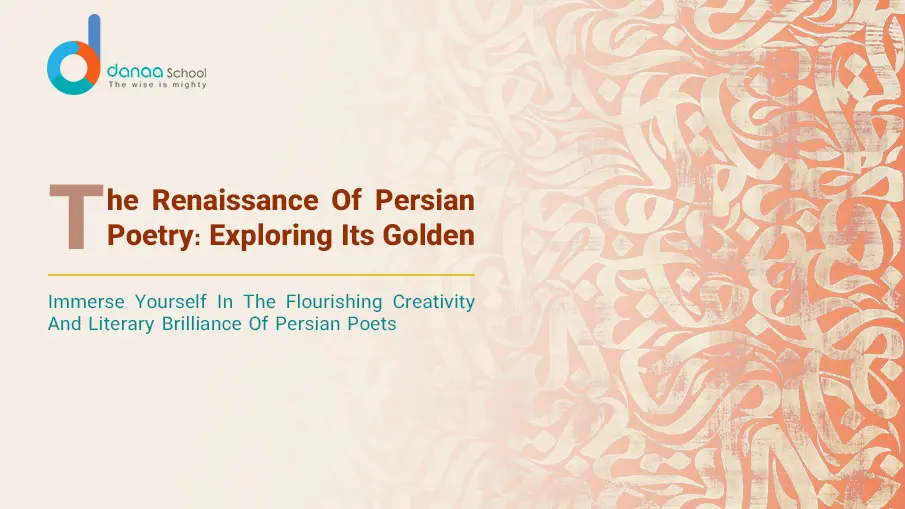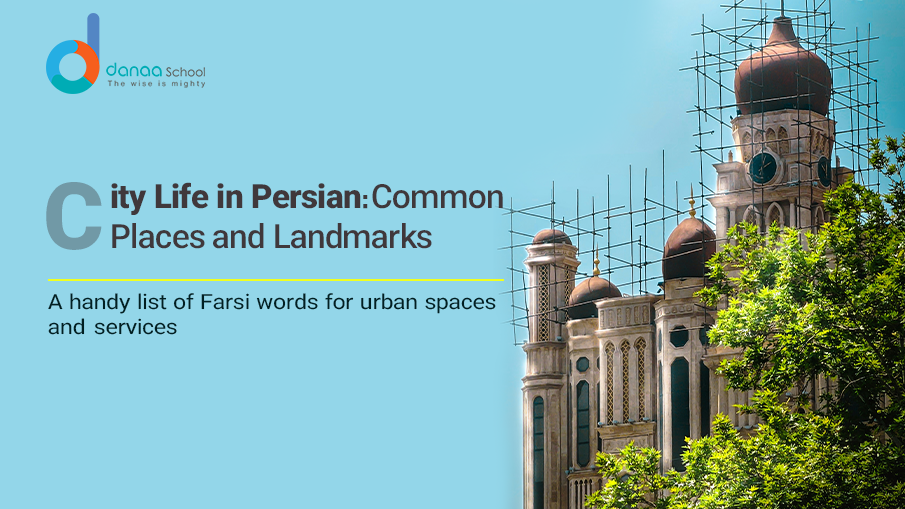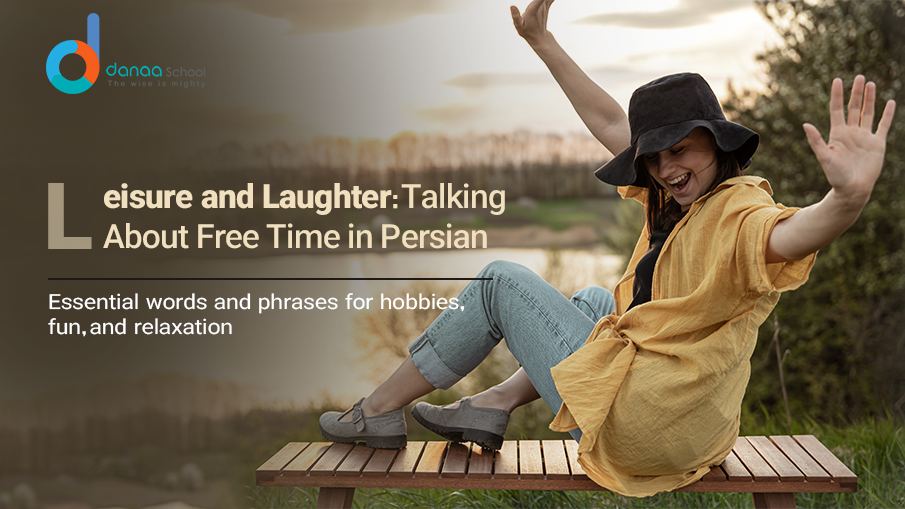Introduction to the Golden Age of Persian Poetry
The Golden Age of Persian Poetry is a beacon of literary excellence, captivating hearts and minds across centuries with its profound wisdom and lyrical beauty. From the 9th to the 14th century, this era witnessed an extraordinary flourishing of poetic brilliance that continues to inspire and enchant readers worldwide. It was a time when poets rose to prominence, their words weaving intricate tapestries of emotion, spirituality, and human experience, leaving an indelible mark on the cultural landscape of the Islamic world and beyond.
Historical Context of Persian Poetry
Pre-Islamic Era
Before the dawn of Islam, Persian poetry flourished under the patronage of the Sassanian Empire, cultivating a rich tradition of epic tales and lyrical verses. Poets like Ferdowsi and Khosrow adorned the courts with their poetic prowess, celebrating Persian culture and heritage in vibrant hues. Their works, steeped in the mythology and history of ancient Persia, served as a testament to the enduring power of storytelling and oral tradition, laying the foundation for the poetic renaissance that would unfold in the centuries to come.
Islamic Period
With the advent of Islam, Persian poetry underwent a transformative phase, blending indigenous traditions with new influences from Arabic literature and Islamic mysticism. This fusion gave rise to a diverse array of poetic forms and themes that reflected the spiritual and philosophical depth of the age, laying the foundation for the Golden Age of Persian Poetry. Poets like Rumi, Hafez, and Saadi emerged as luminaries of this era, their words resonating with audiences across the Islamic world, inspiring seekers of truth.
Key Figures of the Golden Age
Rumi
Rumi, also known as Jalal ad-Din Muhammad Balkhi, stands as a towering figure of Persian literature, revered for his timeless verses that transcend the boundaries of time and space. His magnum opus, the “Masnavi” and the “Divan-e Shams-e Tabrizi,” delve into love, spirituality, and human connection with unparalleled eloquence and insight, inspiring generations with their profound wisdom. Rumi’s poetry, infused with the spirit of Sufism and mystical love, continues to captivate readers with its universal appeal and timeless relevance, inviting them to start a spiritual awakening and divine union.
Hafez
Hafez hailed as the “Tongue of the Hidden,” casts a spell on readers with his sublime mastery of the ghazal form. Through his Divan, a collection of lyrical poems imbued with passion and longing, he explores the complexities of love, desire, and divine union, leaving an indelible mark on the hearts of poetry enthusiasts worldwide. Hafez’s poetry, characterized by its exquisite beauty and emotional depth, invites readers to delve into the mysteries of the human heart and soul, exploring the depths of longing and ecstasy that define the human experience.
Saadi
Saadi, known for his moral wisdom and lyrical grace, embodies the essence of Persian humanism in his timeless works, the “Gulistan” and the “Bustan.” His poignant anecdotes and profound insights into the human condition continue to resonate across centuries, offering timeless guidance and inspiration to seekers of truth and wisdom. Saadi’s poetry, steeped in the ethos of love, compassion, and universal brotherhood, serves as a beacon of light in a world often overshadowed by darkness and despair, inviting readers to embrace the values of empathy, kindness, and humility that define the essence of humanity.
Themes and Characteristics
Mysticism and Sufism
Central to Persian poetry is the theme of mysticism and Sufism, which permeate the works of luminaries like Rumi and Attar. Through allegorical narratives and spiritual metaphors, poets seek to unveil the inner dimensions of reality and awaken the soul to its divine origin, inviting readers to start a path of self-discovery and spiritual transformation. The poetry of Rumi, with its profound insights into the nature of existence and the mysteries of the human heart, serves as a guiding light for those seeking meaning and purpose in a world fraught with uncertainty and doubt.
Love and Romance
Love occupies a central place in Persian poetry in all its manifestations, symbolizing the longing for union with the Beloved—human or divine. Poets like Hafez and Khayyam explore the depths of passion and desire, transcending earthly boundaries to embrace the eternal dance of the soul, inviting readers to immerse themselves in the ecstasy of love’s divine embrace. The poetry of Hafez, with its intoxicating blend of sensuality and spirituality, speaks to the universal longing for connection and intimacy, inspiring readers to open their hearts to the transformative power of love.
Nature and Beauty
The natural world is a perennial source of inspiration for Persian poets, who praise its beauty and bounty in vibrant imagery and vivid metaphors. From the blooming rose to the nightingale’s song, nature becomes a mirror reflecting the splendor of the divine creation, inviting readers to marvel at the wonders of the natural world and contemplate the mysteries of existence. The poetry of Saadi, with its lyrical descriptions of the landscape and its inhabitants, invites readers to cultivate a deeper appreciation for the beauty and diversity of the world around them, inspiring them to protect and preserve the natural world for future generations.
Literary Forms and Styles
Ghazal
The ghazal, characterized by its lyrical beauty and intricate rhyme scheme, emerges as the quintessential form of Persian poetry, captivating readers with its lyrical cadence and emotional depth. Comprising self-contained couplets, each suffused with longing and desire, the ghazal captures the essence of human emotions with poetic grace, inviting readers to lose themselves in the enchanting world of poetic expression. The ghazals of Hafez, with their haunting melodies and evocative imagery, transport readers to a realm of longing and ecstasy, where the boundaries between lover and beloved blur and dissolve in the intoxicating dance of passion.
Masnavi
The masnavi, a narrative form of rhyming couplets, allows poets like Rumi to weave enchanting tales of love, wisdom, and spiritual awakening, inviting readers to begin self-discovery and enlightenment. Through allegorical journeys and mystical encounters, the masnavi unfolds the mysteries of existence in poetic splendor, inviting readers to ponder the deeper meanings of life and contemplate the nature of reality. The masnavis of Rumi, with their timeless wisdom and universal appeal, serve as a roadmap for spiritual seekers, guiding them on a path of inner transformation and divine union.
Qasida
The qasida, a panegyric ode composed in praise of kings and patrons, showcases the poetic virtuosity of luminaries like Anvari and Khaghani, inviting readers to marvel at the eloquence and artistry of Persian poetry. With its elaborate structure and ornate language, the qasida celebrates the virtues of love, courage, and generosity, immortalizing the noble deeds of its subjects and inspiring readers to aspire to greatness. The qasidas of Anvari, with their lavish praise and extravagant imagery, evoke a sense of awe and admiration in readers, inviting them to explore the rich tapestry of Persian culture and heritage through the lens of poetic expression.
Impact and Influence
Cultural Influence
The Golden Age of Persian poetry profoundly influenced the Islamic world’s cultural landscape, shaping artistic expression, spiritual discourse, and philosophical inquiry, inviting readers to delve into the rich tapestry of Persian culture and heritage. Its legacy continues to resonate in the works of subsequent generations, inspiring new heights of creativity and innovation and inviting readers to explore the depths of human experience and the mysteries of existence. The poetry of Rumi, Hafez, and Saadi, with its universal themes and timeless wisdom, serves as a bridge between past and present, connecting readers with the rich heritage of Persian literature and its enduring relevance in the modern world.
Global Recognition
Beyond the confines of the Persian-speaking world, the poetry of Rumi, Hafez, and Saadi has garnered widespread acclaim and admiration, translated into numerous languages and embraced by diverse cultures, inviting readers to start a journey of cross-cultural exploration and discovery. Their verses serve as bridges of understanding and empathy in an increasingly interconnected world, inviting readers to transcend linguistic and cultural barriers and embrace the universal language of poetry. The poetry of Rumi, with its message of love and tolerance, speaks to the universal longing for connection and unity, inspiring readers to embrace diversity and celebrate the richness of human experience.
Revival and Modern Appreciation
Translation and Adaptation
In the modern era, the timeless wisdom of Persian poetry finds new audiences through translation and adaptation, inviting readers to rediscover the beauty and brilliance of its verses in their language. Scholars and poets endeavor to render its nuances into languages worldwide, preserving its essence while making it accessible to a global readership, inviting readers to immerse themselves in the enchanting world of Persian poetry and experience its magic firsthand. The translation of Persian poetry, with its subtle nuances and intricate imagery, captures the essence of the original text, inviting readers to explore the depths of human experience and the mysteries of existence through the lens of poetic expression.
Contemporary Poets
Despite the passage of centuries, the spirit of Persian poetry lives on in the works of contemporary poets who draw inspiration from its rich tradition, inviting readers to explore the evolution of Persian poetry and its enduring relevance in the modern world. From Tehran to New York, poets continue to explore the depths of human experience and the mysteries of existence, brightening the flame of poetic excellence and inviting readers to join them on a journey of poetic discovery and enlightenment. The poetry of contemporary poets, with its innovative styles and diverse themes, reflects the ever-changing landscape of Persian literature, inviting readers to explore new horizons and expand their understanding of the human condition.
Why Danaa School?
At Danaa School, we are committed to fostering a deep appreciation for Persian poetry and culture, inviting students to explore the rich tapestry of Persian literature and its profound impact on the world. With our comprehensive curriculum and dedicated faculty, we provide a nurturing environment where students can immerse themselves in the enchanting world of learning Farsi, develop their creative talents, and discover the beauty and brilliance of the Golden Age. Join us at Danaa School and start a journey of literary discovery and cultural enrichment that will inspire and empower you for a lifetime.
Our school offers a unique blend of traditional and modern teaching methods tailored to meet the needs of each student. With small class sizes and personalized attention, we ensure that every student receives the support and guidance they need to succeed. Whether you are a beginner or an advanced Farsi learner, our experienced faculty will help you achieve your goals. Join us at Danaa School and experience the magic of Persian poetry firsthand.
Conclusion
The Golden Age of Persian poetry stands as a testament to the enduring power of the written word to transcend time and space, touching hearts and minds across generations with its profound wisdom and lyrical beauty. From the mystical verses of Rumi to the lyrical gems of Hafez, its legacy continues to enrich our lives with beauty, wisdom, and inspiration, inviting readers to learn Farsi through various Farsi courses and enlightenment that will nourish the soul and uplift the spirit for generations to come. Register today.
FAQs
1. **What is the significance of the Golden Age of Persian poetry?**
– The Golden Age represents a period of unparalleled creativity and cultural refinement in Persian literature, producing some of history’s most celebrated poets and timeless works.
2. **How did Persian poetry evolve?**
– Persian poetry evolved through various historical phases, blending indigenous traditions with new influences from Arabic literature and Islamic mysticism, culminating in the Golden Age.
3. **Who are some notable poets from the Golden Age?**
– Key figures include Rumi, Hafez, and Saadi, whose works inspire and enchant readers worldwide with their profound insight and lyrical beauty.
4. **What are the dominant themes in Persian poetry?**
– Themes of love, mysticism, and nature permeate Persian poetry, reflecting their deep reverence for the divine and their profound exploration of the human experience.
5. **How has Persian poetry influenced global literature?**
– Persian poetry has left an indelible mark on global literature, inspiring countless writers, artists, and thinkers with its universal themes and timeless wisdom.
6. **How did the Golden Age of Persian poetry contribute to the preservation of Persian culture and heritage?**
– The Golden Age of Persian poetry was pivotal in preserving and propagating Persian culture and heritage through its lyrical verses and timeless themes. Poets like Rumi, Hafez, and Saadi celebrated the richness of the Persian language and culture in their works, immortalizing the Persian people’s traditions, values, and ethos for future generations to cherish and appreciate.
7. **What role did patronage play in the development of Persian poetry during the Golden Age?**
– Patronage from rulers, nobles, and wealthy merchants played a crucial role in the development and flourishing of Persian poetry during the Golden Age. Generous patrons provided poets with financial support, encouragement, and a platform to showcase their talents, enabling them to devote themselves fully to their craft and produce works of enduring beauty and significance.










